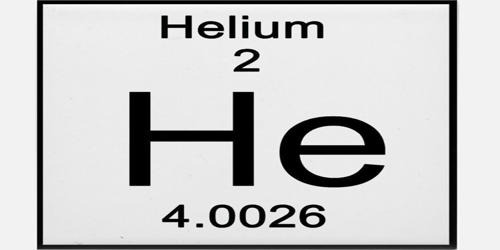
The classical limit of the viscosity formula has been discussed by Massey and Mohr (1933) and by Uhlenbeck and Uehling (1933), and of that for the second virial coefficient by Uhlenbeck and Leth (1936). At the same time results are obtained for the total collision area of helium atoms capable of experimental tests by molecular ray methods. Experimental values of these coefficients have been obtained at a number of temperatures in this range comparison of observed and calculated values then leads to interesting conclusions concerning the interaction of helium atoms, the validity of the quantum theory at these low temperatures and the correct statistics to apply.

/helium-chemical-element-186450990-579fadf23df78c3276bace84.jpg)
In this paper we take account of both these quantum effects in determining theoretical values for the viscosity and second virial coefficients of helium, in the temperature range 0-25°K. Usually the quantization of the relative motion introduces the more important deviations from classioal theory, but it is of interest to examine also whether it is possible to show, by comparison with experiment, that the Bose-Einstein statistics are the correct ones to use in dealing with helium atoms. It is further necessarv, however, to allow for the symmetry properties of the atoms by making use of the Bose-Einstein instead of the classical statistics. Quantum mechanics must be used in dealing with the relative motion of the gas atoms, leading to modification of the classical formulae even it the Boltzmann statistics are employed in describing the behaviour of the atomic assembly. These effects arise in two more or less distinct ways.
Helium is unique in that it persists as a monatomic gas down to temperatures so low that quantum effects become important.


 0 kommentar(er)
0 kommentar(er)
